Name Ewart Oakeshott Role Historian | Died September 30, 2002 | |
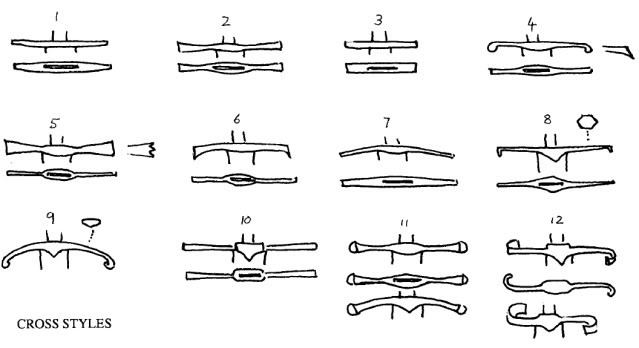 | ||
Books Records of the Medieval, archaeology of weapons, The sword in the age of chivalry, knight and his horse, European weapons and armour | ||
Ewart oakeshott s typology of medieval swords
Ewart Oakeshott (25 May 1916 — 30 September 2002) was a British illustrator, collector, and amateur historian who wrote prodigiously on medieval arms and armour. He was a Fellow of the Society of Antiquaries, a Founder Member of the Arms and Armour Society, and the Founder of the Oakeshott Institute. His classification of the medieval sword, the Oakeshott typology, lives on today as the premiere work on the systematic organization of medieval weaponry.
Contents
- Ewart oakeshott s typology of medieval swords
- Review records of the medieval sword by ewart oakeshott
- Biography
- Typology
- List of published works
- References
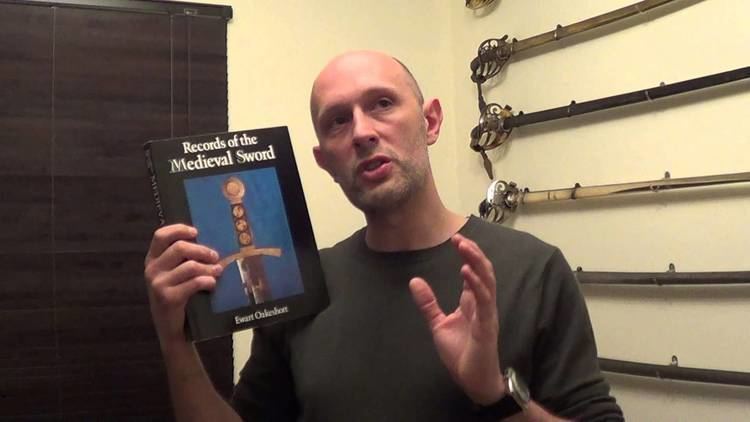
Review records of the medieval sword by ewart oakeshott
Biography
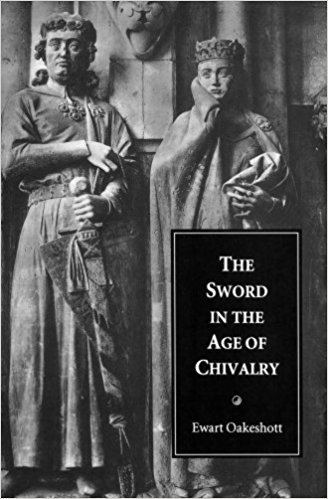
Ronald Ewart Oakeshott was born in 1916. His uncle Jeffrey Farnol wrote romance novels and swashbucklers and also had a collection of antique swords and through these the young Oakeshott became interested in swords. After leaving Dulwich College Oakeshott studied at the Central School of Art in London. He worked at the Carlton Studios and at A.E. Johnson Ltd as a commercial artist. while still being interested in collecting arms and armour, building up a significant collection. At this time in the 1930s and 1940s antique swords could still be picked up cheaply and Oakeshott began collecting them. Because of the scarcity of information about these he began to research them himself. As a trained artist he illustrated most of his own books and also became a speaker on arms and armour.
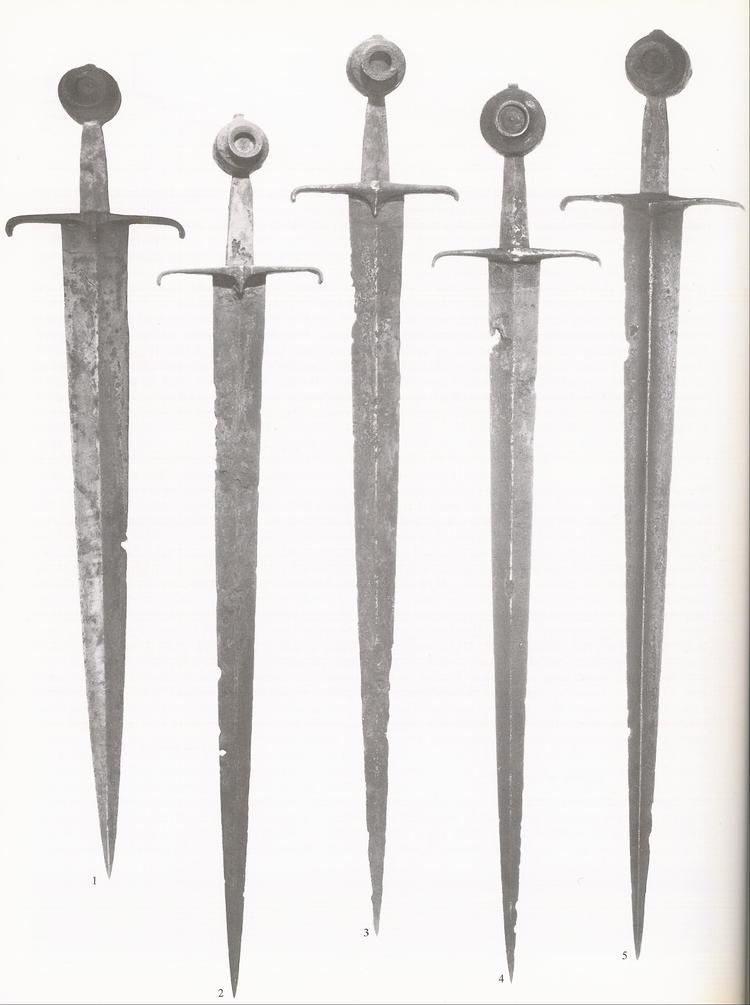
Oakeshott served in the Royal Navy from 1940 to 1945 on destroyer escort during World War II and was invalided out after being wounded. He returned to A.E. Johnson, Ltd. and served as its director for fifteen years before leaving in 1960 to become a full time researcher and writer, but still finding time to paint marine pictures and other subjects. In 1963 he met the educationist and writer Sybil Marshall at a dance. He left his wife for her and they became partners for life and married in 1995, after the death of Oakeshott's first wife, Margaret Roberts. In 1964 he was elected a Fellow of the Society of Antiquaries. He co-founded the Arms and Armour Society in 1948. Oakeshott served as President of the Society in 1951. Also in 1951 Oakeshott published the article 'A Royal Sword in Westminster Abbey' in The Connoisseur on the results of his work on the sword of Henry V in Westminster Abbey. As a result Oakeshott began to be consulted by museums such as the Fitzwilliam Museum at Cambridge and private collectors.
Oakeshott, who stood at a little over 5 feet tall, bequeathed his personal collection of more than 75 swords to the Oakeshott Institute of Arms and Armour in Minneapolis.
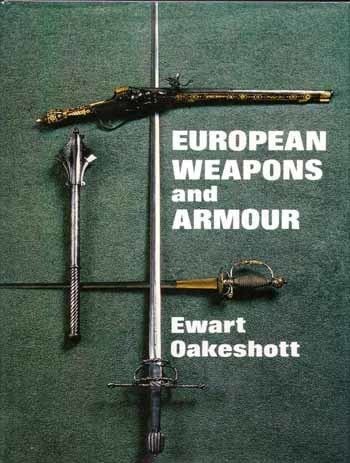
Ewart Oakeshott was married twice, firstly to Margaret Roberts. His second wife, the novelist Sybil Marshall (1913–2005) survived him, along with a son and two daughters from his first marriage.
Typology
Oakeshott's typology of medieval and early renaissance swords is among his most influential and most lasting works. Though his work was not entirely original, it was certainly groundbreaking. Dr. Jan Peterson had previously developed a typology for Viking swords consisting of twenty-six categories. Peterson's typology was simplified by Dr. R.E.M. Wheeler in short order to only seven categories (Type I-VII). This simplified typology was then slightly expanded by Oakeshott by the addition of two transitional types into its current nine categories (Type I-IX). From this basis, Oakeshott began work on his own thirteen-category typology of the medieval sword ranging from Type X to Type XXII.
What made Oakeshott's typology unique was that he was one of the first people either within or outside of Academia to seriously and systematically consider the shape and function of the blades of European Medieval swords as well as the hilt, which had been the primary criteria of previous scholars. His typology traced the functional evolution of European swords over a period of five centuries, starting with the late Iron Age Type X, and took into consideration many factors: the shape of blades in cross section, profile taper, fullering, whether blades were stiff and pointed for thrusting or broad and flexible for cutting, etc. This was a breakthrough. Oakeshott's books also dispelled many popular cliches about Western swords being heavy and clumsy, he listed the weights and measurements of many swords in his collection which have become the basis for further academic work as well as templates for the creation of high quality modern replicas.
